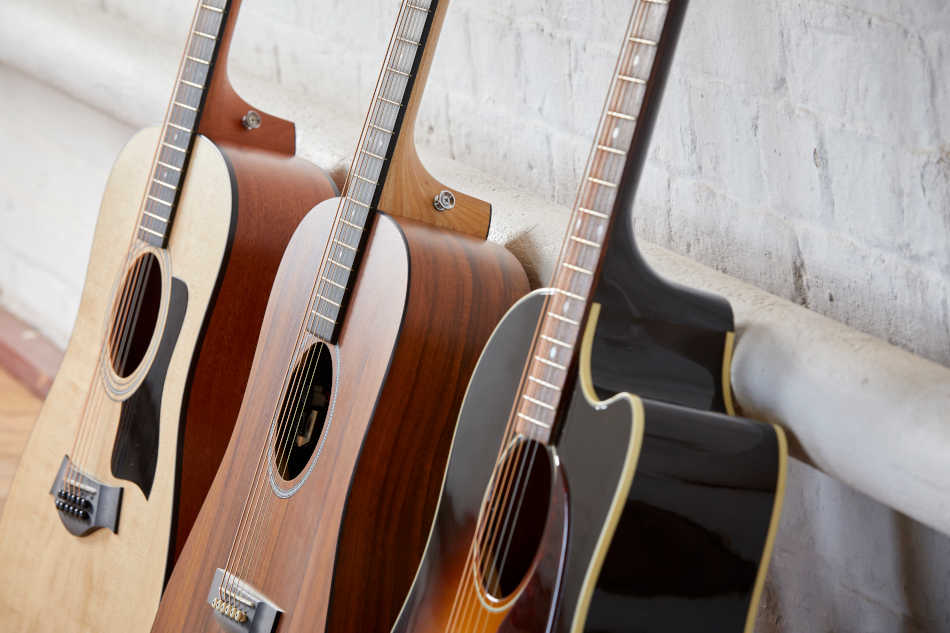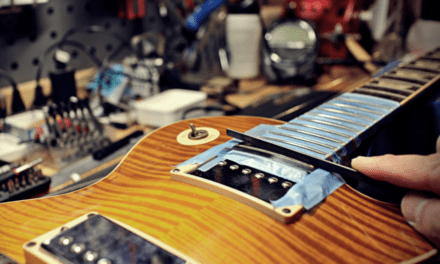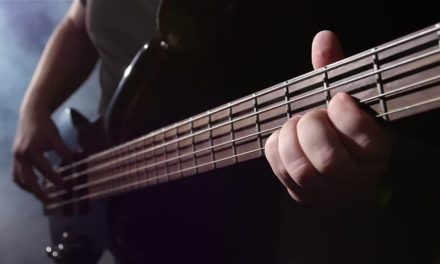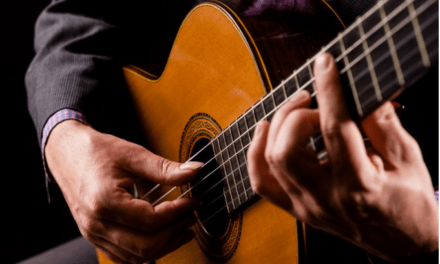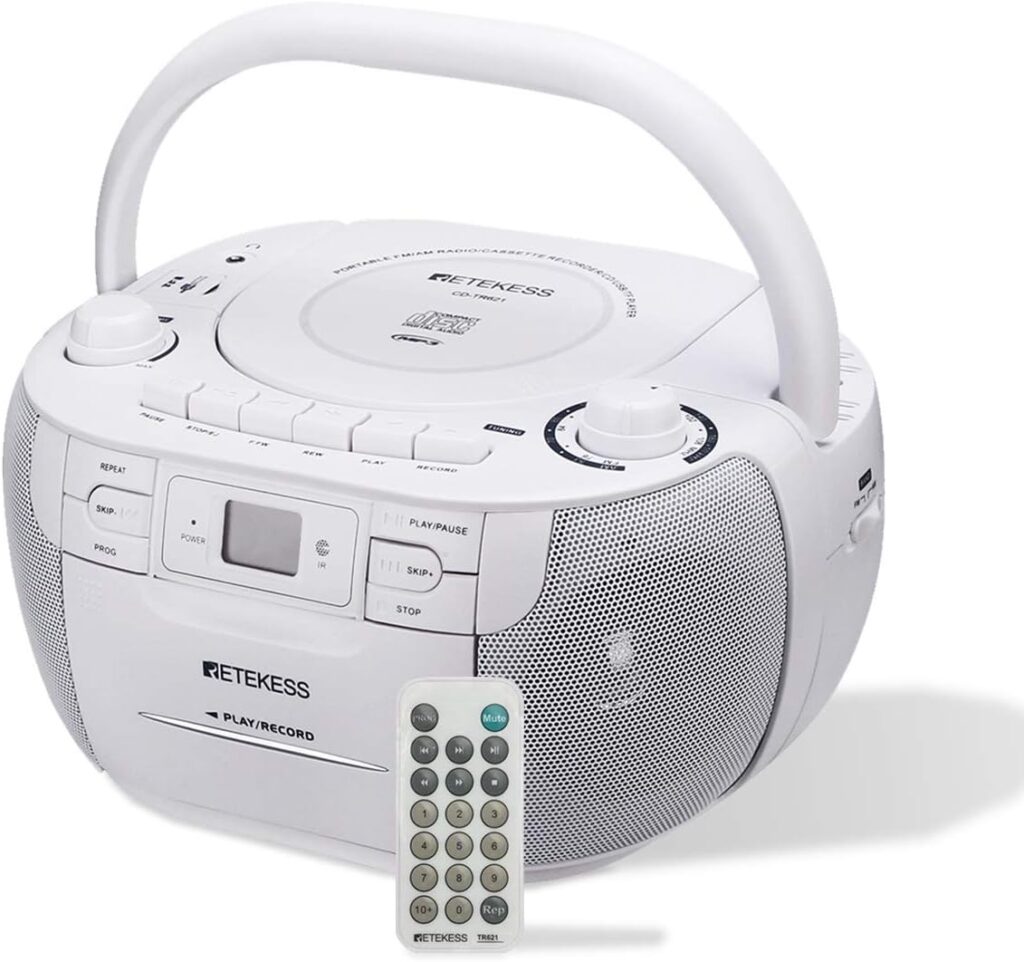In general, there are three main types of guitars: classical guitars with nylon strings, acoustic guitars with steel strings, and electric guitars with magnetic pickups. Acoustic guitar is what people usually start with and we are gonna focus on variations of acoustic guitars. While exact measurements may vary from one guitar manufacturer to the next, some general, popular acoustic guitar body shapes include:
- Dreadnought
- Parlor
- Jumbo
- Concert
- Auditorium
- Grand Auditorium
These 6 types of acoustic guitars varies as much in the way they sound as the way they look, now we are gonna explore each one with good enough depth so you can get a better understanding of the difference and decide on which one you should possess.
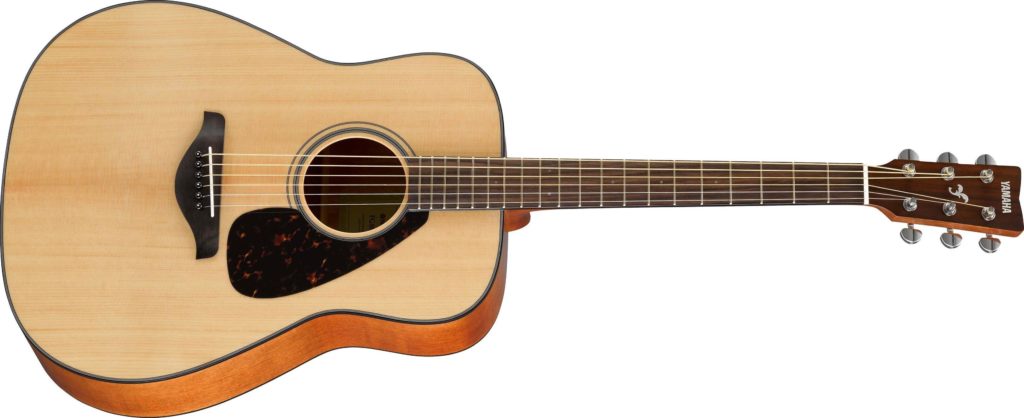
C.F. Martin first produced this body shape in 1916 and named it after the HMS Dreadnought, a battleship, due to its larger size and bold sound. The Dreadnought shape includes very broad square shoulders and a larger internal cavity, which produces a very tight sound that accentuates not only the bass frequencies, but also gives a strong midrange with cutting highs. It’s one of the most versatile instruments you can pick up. By versatile, we mean it is just as much at home in a variety of musical settings and genres, from rock to folk, indie to punk.
Parlour

Acoustic guitars types with the Parlor shape have gained in popularity in recent years. Parlour acoustics are among the smallest in body size you can buy – not counting the modern ‘baby’ guitars – and are typically favored by players of more low-key, less brash musical styles like folk and indie. Once again, the guitar’s distinctive shrunken body shape is another invention from the CF Martin guitar house, with the guitar’s neck typically joining the body around the 12th fret.

If dreadnoughts are the poster-boys, and parlours the waif-like supermodels, then jumbo acoustics are the plus-size, brash, loud ones who just want to have fun. You’ll probably have seen jumbo-sized acoustics in the hands of Noel Gallagher or Bob Dylan, and the benefits here are measured in sheer volume. With all that extra wood, there’s more room for the sound to reverberate around the body, resulting in a big, bold sound which simply can’t be recreated from a smaller bodied guitar.

The Concert is very much an enlargement of the Parlor guitar, with a shallower body, deeper waist, and shoulders smaller than its hips. Another relatively new body style, the Concert was designed to make a bigger, richer Parlor without abandoning its unique sounds or adopting the darker tones of larger-sized guitars. The Concert’s smaller size and compact dimensions make it ideally suited for fingerstyle playing.
Auditorium
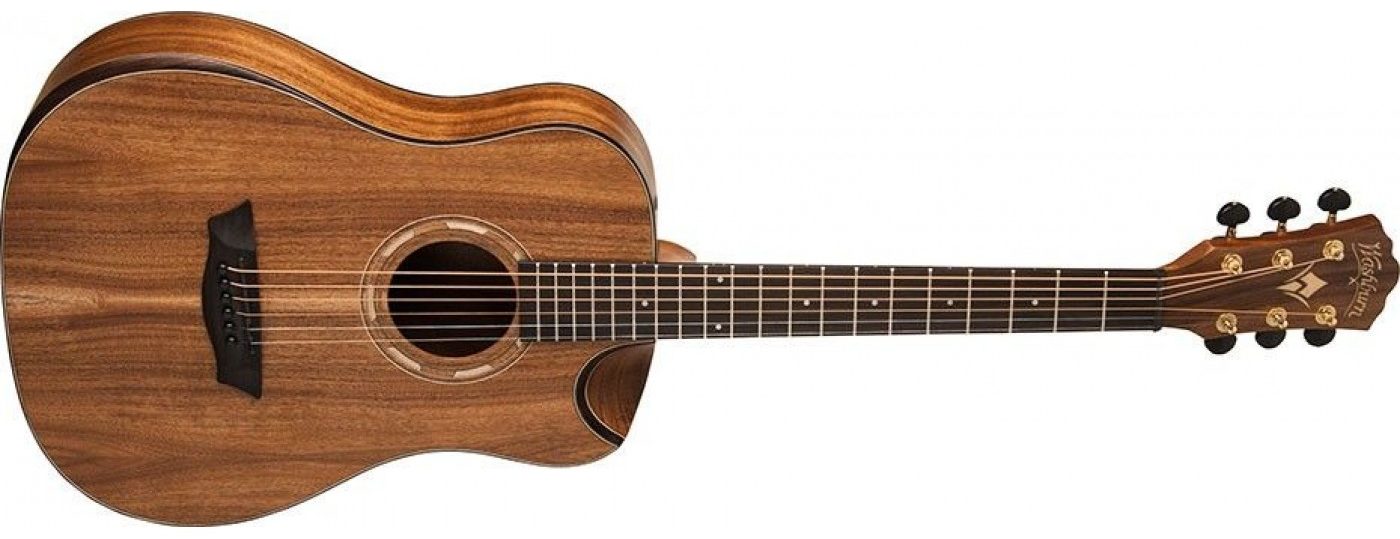
Also referred to as “orchestra,” the auditorium style was introduced in the early 1920s and was one of the largest guitars through the end of that decade. Now a medium-size guitar with a thinner waist than a dreadnought and a broad upper bout with flatter shoulders, it produces a big sound and good treble-bass balance that make it great for finger-style playing.
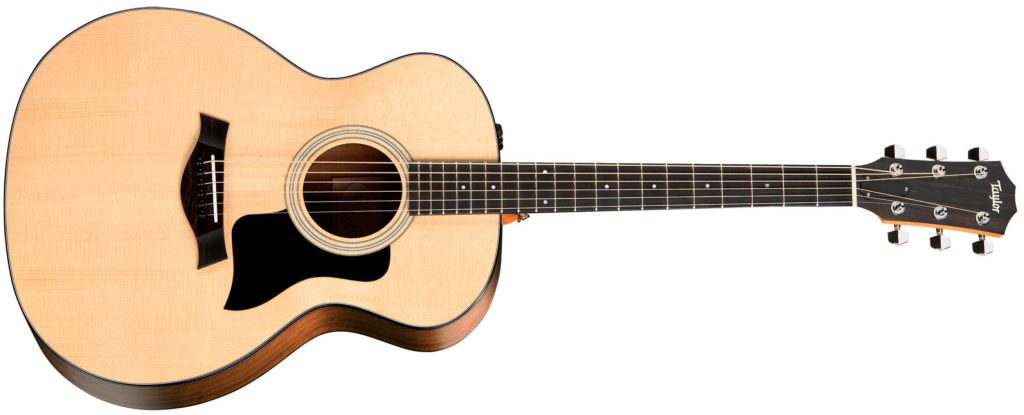
You probably already guessed it. The Grand Auditorium is a larger version of the smaller Auditorium style. That means it’s similar to a larger proportioned Dreadnought as well. With acoustic guitars, the larger the body shape is, the more pure unadulterated volume can be culled from it.
Designed to be the greatest all-rounder, the Grand Auditorium shape was the perfect blend of size, shape, volume and comfort, and its modern-day incarnation has seen the likes of the biggest pop star on the planet these days, Taylor Swift pick one up.
CLASSICAL GUITARS
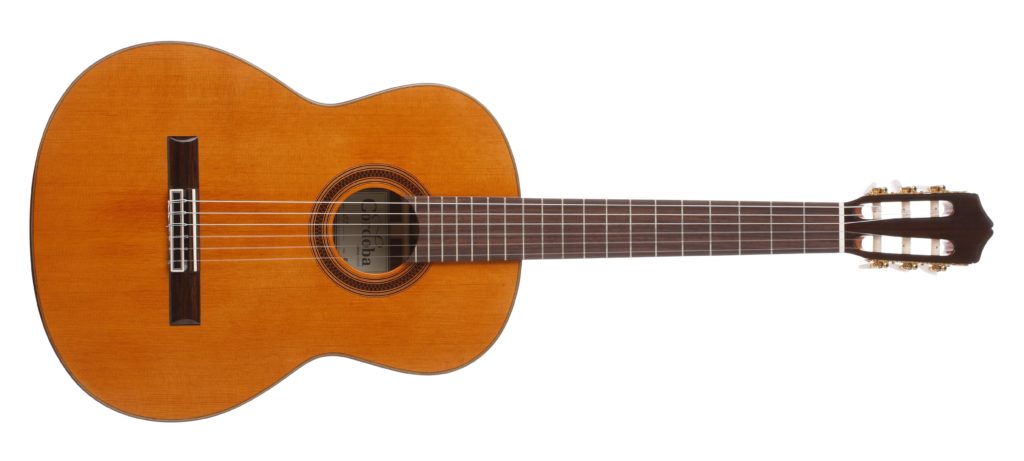
Last, but definitely not least, is the Classical guitar. Another famous guitar shape, although we’d wager on account of it being many players’ ‘first’ guitar. We’ve all seen them. The nylon-strung small scale acoustics which many of us gain access to at an early age. The, as you progress, you learn that these particular guitars aren’t sent to test our commitment to the cause, but that in the right hands these can be amazingly intricate, highly technical instruments which have a wonderful sound and genre all of their own.
Classical guitars are Spanish in origin, hence the typical Flamenco style associated with them, and are usually smaller than their steel-strung counterparts to enable the very particular playing style adopted by the ‘real’ players, ie headstock pointing to the sky, body wedged in between knee and chest.
Conclusion
This is by no means an exhaustive list. You’ll also have choices between laminate tops or solid top, different finishes, six or 12 strings, cutaway or no cutaway, and even color choices. Hopefully this list gave you some ammunition to decide on the type and body style of guitar that’s best for you. Take your time in your quest for your perfect acoustic. There are so many variables to be considered, from visual appeal, volume, tone, size, shape, electronics or plain acoustic, and most importantly, your budget. The best recommendation I could make is to take note of your music heroes and what choices they have made. Your perfect guitar will be inspiring and allow your art to flow from your heart, and that includes choosing the right sound as well as your preferred choice of the various guitar body styles.

